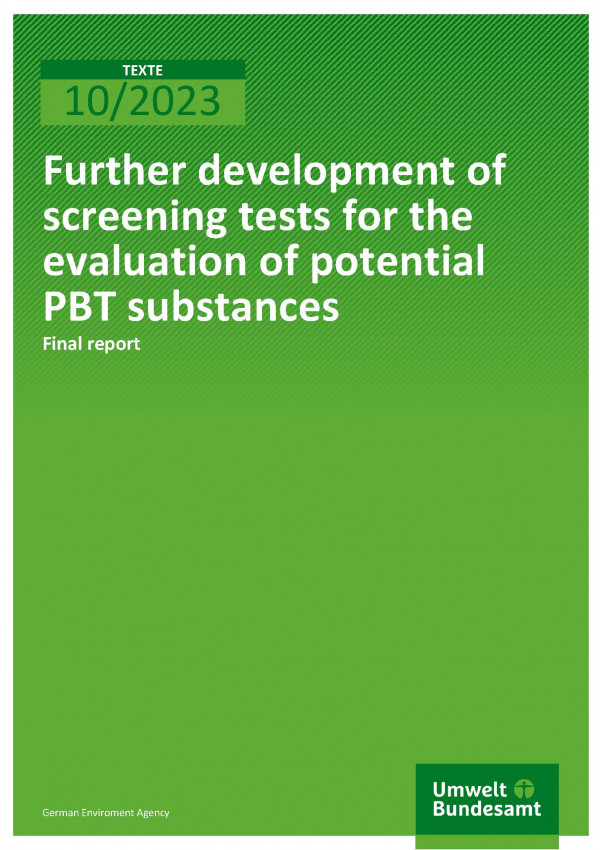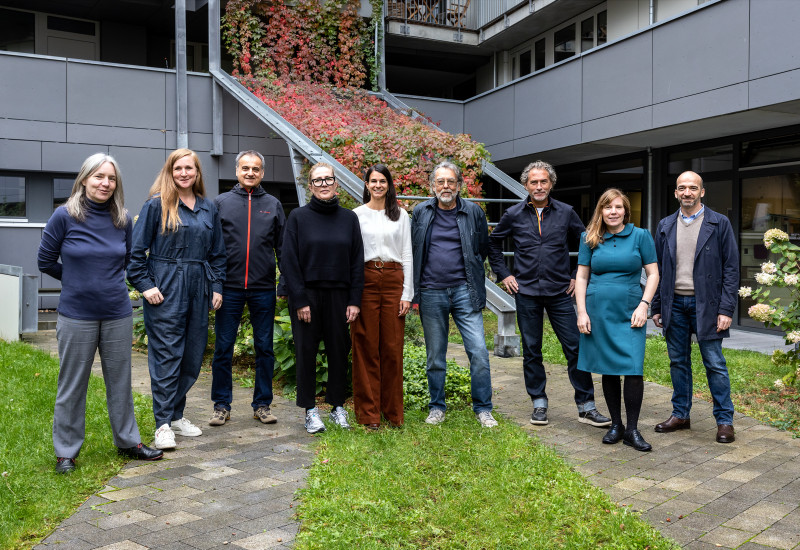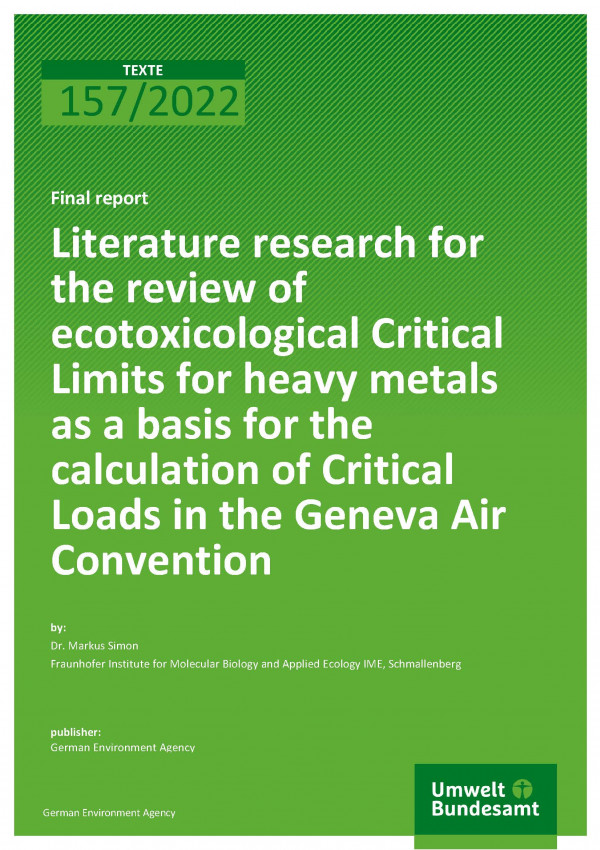Combating the flood of waste: new right to “reusable packaging to go” and planned levy on single-use plastic

Replacing single-use to-go packaging with reusable packaging cuts waste and saves resources.
Source: FotoHelin / Adobe Stock |
Whether it's a “coffee to go” in a café or sushi in a fast food restaurant, since 1 January 2023 customers in Germany have a choice: they must be offered food and beverages for immediate consumption on the premises or to take away in reusable packaging instead of single-use packaging at no extra charge or at most against a deposit. When it comes to food, the requirement to offer a reusable alternative applies to all packaging that is made entirely or partly of plastic. For beverages, it applies to all single-use cups, – regardless of the material. The obligation applies to all packaging that is filled on site by the business. Very small businesses with no more than five employees and a sales area of no more than 80 square metres, such as snack bars and kiosks, can also fulfil their obligation by offering to fill containers brought in by customers.
A major step on the journey away from a throwaway society. Shortcomings remain, however: single-use packaging can still be dispensed at no extra charge and is often more convenient for customers as it does not have to be returned. Comprehensive take-back systems, in which reusable containers can be returned at virtually every corner, are not yet widespread everywhere. Furthermore, single-use packaging that does not contain plastic, such as pizza boxes, is currently still exempt from the new regulation.
A further boost for reusable products could come from the introduction of compulsory levies on some single-use products that are made entirely or partly of plastic (e.g. coatings), foreseen for 2024: According to EU regulations that must also be implemented in Germany, manufacturers of cups for beverages and other single-use products containing plastic will then have to pay for collecting them from streets and parks and for disposing of them. Up to now, cities and municipalities in particular have been saddled with these costs of approximately €434 million per year. German Environment Agency President Dirk Messner: "We expect the new levy on single-use plastics to finally put a stop to littering of the environment and that manufacturers and retailers will offer significantly more reusable products, especially for popular to-go packaging. Consumers can also help by insisting on reusable packaging and stop discarding cigarette butts and other plastic waste in the landscape.”




























